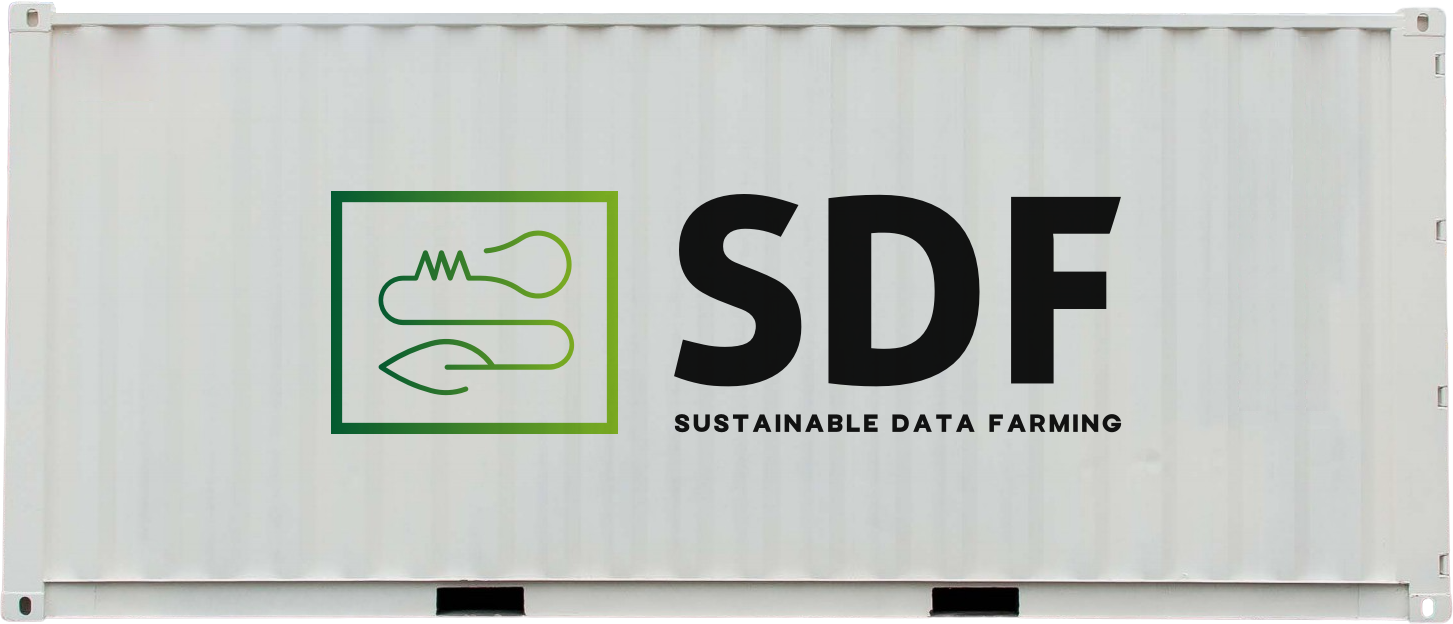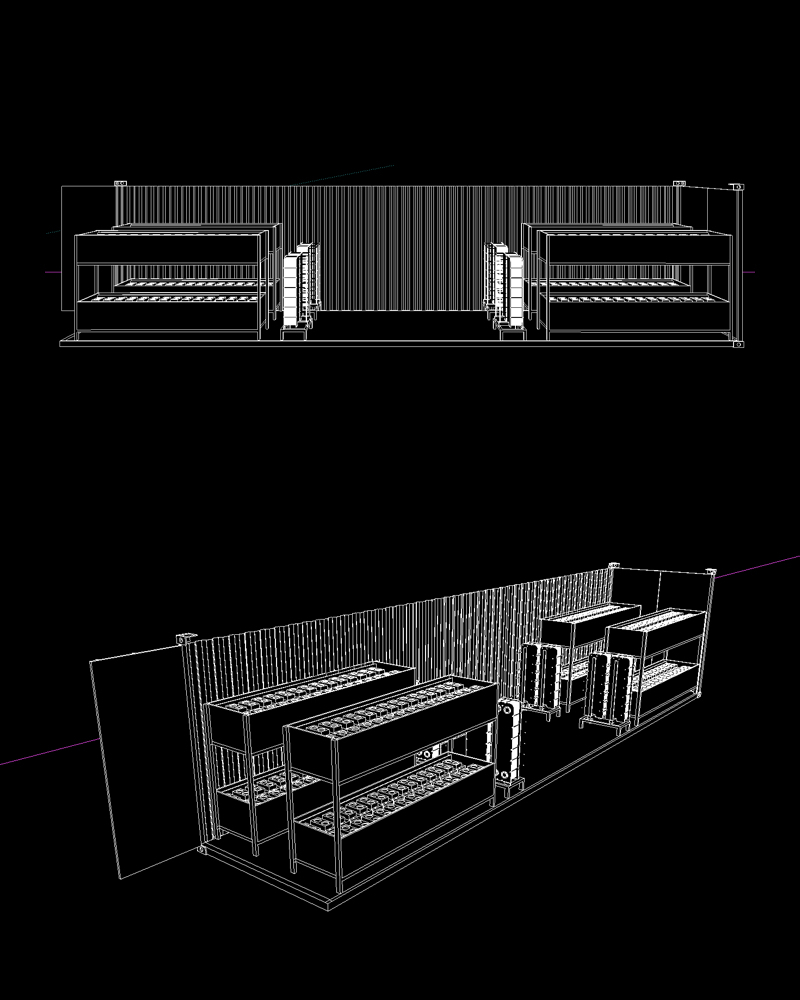Mobile Heat Exchange Container - Mohec

How do we do it?

The Mohec is a plug-and-play system that requires minimal adaptations in the existing infrastructure. The different components of the Mohec are pre-installed in the workshop and assembled. This allows SDF to place the Mohec in a relatively short time.
SDF aims to use the space in the container as optimal as possible. The Mohecs have a dimension of 12x2x2 and can produce up to 1MWh thermal heat. The cooling containers that contain the servers are stacked on top of each other to maximize the usage of available space. This allows SDF to place 8 cooling containers in one Mohec. One cooling container can cool up top 30 servers which makes the total capacity of the Mohec 240 servers.
Bridging the future
The Dutch horticulture is known around the world for its keen eye for innovation and willingness to adopt new technologies. Unfortunately, geothermal energy is not the answer to the problem for everyone and the current ODE is hindering many businesses to take the next step towards sustainability. Sustainable minded greenhouses are currently (re-in)installing CHP’s due to the economic burden that sustainability carries. We believe that a change is coming but it will take some time. That time can be bridged by a Mohec.
The Mohec can act as an additional heatsource till there is clarity on how the government intends to proceed. Hence, the government decides to move the ODE to gas, we can just make the datacenter larger to substitute your CHP in the future and make your greenhouse 100% gasfree!